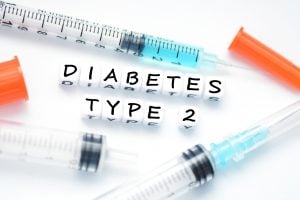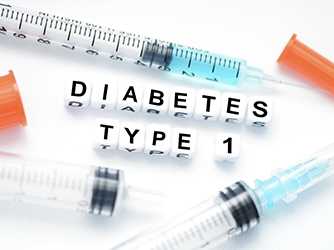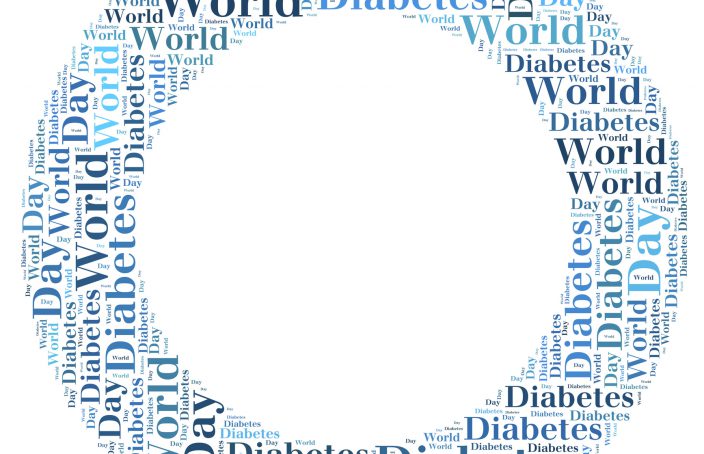Whilst type 2 diabetes is the most common form of diabetes amongst the general population, there are many other diabetes types.
As it’s World Diabetes Day, we thought it would be helpful to raise awareness by sharing just how many types of diabetes there actually are. You might be surprised!
Type 2 diabetes

Type 2 diabetes is a metabolic disorder resulting in hyperglycaemia (high blood sugar levels). This occurs due to insulin resistance which can develop if the pancreas is having to regularly produce a large quantity of insulin to cope with high carbohydrate meals.
Low carb or ketogenic lifestyles and intermittent fasting, in addition to regular exercise, are all effective ways for treating type 2 diabetes. Many people with type 2 diabetes can control their blood sugar with minimal need for medications if they choose effective changes. Get a step by step guidance towards this by joining our acclaimed Low Carb Program.
Gestational diabetes

Gestational diabetes is the term for a type of diabetes that emerges as a specific result of pregnancy. It typically presents itself during the second half of pregnancy, disappearing soon after the birth.
Gestational diabetes occurs as there is a greater demand for insulin during pregnancy, thus affecting glucose metabolism and resulting in insulin resistance. This affects 1 in 20 females and can usually be managed through lifestyle changes such as nutrition and exercise.
Those more at risk of developing gestational diabetes are women with a BMI above 30, those who experienced gestational diabetes in previous pregnancies, women who have given birth before to babies above 10lbs, those with a parent or sibling with diabetes and finally individuals from specific ethnic groups. These include South Asians, Chinese, African-Caribbean and Middle Eastern.
Gestational diabetes may also be referred to as type 4 diabetes.
Type 1 diabetes

Type 1 diabetes is an autoimmune disease resulting in the destruction of insulin-producing beta cells located in the pancreas. Consequently, insulin cannot be produced, leading to unregulated blood glucose levels.
Due to a lack of insulin production, people with type 1 diabetics require tightly controlled, regular insulin administration. This can be done using an insulin pump, or more commonly, by injecting insulin.
Type 1 diabetes often runs in the family. Whilst the disease is commonly diagnosed during childhood, it can develop at any age. Its progression is however much slower in adults compared to children, which can sometimes lead to a misdiagnosis of type 2 diabetes. Development in adulthood has been termed as ‘Latent autoimmune diabetes’ (LADA) or type 1.5. Diagnosis is crucial for type 1 diabetes, as its effects can be life threatening.
Brittle diabetes
Brittle diabetes, also known as ‘labile diabetes’, is not a separate type of diabetes but describes type 1 diabetes that is very difficult to control. Individuals will struggle with large fluctuations in blood sugar levels, resulting in hyperglycemia and hypoglycaemia.
It is understood to be caused by problems with intestinal absorption, delayed stomach emptying, drug interactions, difficulty absorbing insulin and failures in hormonal functioning. It is also often linked to stress and depression.
Following a low carbohydrate lifestyle can help to minimise the large swings in blood sugar and make attaining good control a realistic possibility.
Double diabetes
Double diabetes is the name given to an individual with type 1 diabetes who develops insulin resistance. Whilst someone with double diabetes will live with type 1 diabetes throughout their life, they can reduce the effects of insulin resistance through changes to their lifestyle. For example, improving their nutrition and exercise.
Maturity Onset Diabetes of the Young (MODY)
Maturity onset diabetes of the young (MODY) is a rare genetic form of diabetes that occurs in around 1-2% of people with diabetes and may often go misdiagnosed as type 1 or type 2 diabetes.
MODY is caused by changes to a single gene, with children of affected parents standing a 50% chance of developing MODY. If it is inherited, those affected usually develop MODY before the age of 25, regardless of lifestyle factors (diet, activity, ethnicity).
There are several forms of MODY, which can be identified depending on the effected gene. These include HNF1-alpha, HNF4-alpha, HNF-beta and glucokinase. With the exception of glucokinase, all incur long term effects similar to that of diabetes. Therefore, individuals should adhere to a healthy lifestyle in order to help manage blood glucose and reduce the risk of the associated complications.
Some forms of MODY, such as HNF1A or HNF4A, can be treated with tablets called sulphonylureas.
Diabetes Insipidus
Diabetes insipidus is a rare form of diabetes, affecting 1 in 25,000 people. Its prevalence is greater amongst the adult population, however diabetes insipidus can present itself at any age. Whilst it is unrelated to diabetes mellitus, it does share similar signs and symptoms. For example, it causes excessive urination and thirst.
Diabetes insipidus is caused by issues with vasopressin and antidiuretic hormone. These hormones are involved in the regulation of fluid balance. In the case of diabetes insipidus, a lack of vasopressin results in the kidneys producing inadequate amounts of concentrated urine. As a result, excessive water is excreted from the body. This is often termed as ‘cranial diabetes’.
In some cases, the kidney does not respond to vasopressin, leading to a form of diabetes insipidus known as ‘nephrogenic diabetes insipidus’. Diabetes insipidus can also occur during pregnancy and is referred to as ‘gestational diabetes insipidus’.
Whilst dehydration can be managed through increased fluid consumption, in severe cases, hospital treatment is required.
Neonatal diabetes
Neonatal diabetes is caused by a genetic mutation, diagnosed through genetic testing and can be treated. It is a rare form of diabetes diagnosed in those under 6 months of age. Its symptoms include excessive thirst, urination and dehydration.
There are two main types, including ‘transient neonatal diabetes mellitus’ and ‘permanent neonatal diabetes mellitus’. ‘Transient diabetes’ can present itself, then disappear within the first year of birth, but come back during adolescence. Alternatively, as its name suggests, ‘permanent neonatal diabetes’ remains present throughout life.
Secondary diabetes
Secondary diabetes occurs as a consequence of another medical condition. For example, cystic fibrosis, hemochromatosis, chronic pancreatitis, polycystic ovary syndrome, Cushing’s syndrome, pancreatic cancer, glucagonoma and pancreatectomy. There is also drug induced diabetes which is caused by taking certain medications. For example, corticosteroids (steroid induced diabetes), beta-blockers and thiazide diuretics.
Usually secondary diabetes is a permanent condition, however in some cases there might be the potential to reverse the effects of hyperglycaemia. The management of secondary diabetes will depend on the condition or medication that has caused it.
Type 3 diabetes
Type 3 diabetes is a name that’s been informally given to the insulin resistance in the brain that can occur in people with Alzheimer’s disease.
People with insulin resistance or type 2 diabetes are 50% and 65% more at risk of developing Alzheimer’s disease, respectively than those without.
The term type 3 diabetes has not been formally recognised and it is best to refer to Alzheimer’s disease as Alzheimer’s disease, to prevent confusion with other types of diabetes such as diabetes type 3a, 3b 3c etc.
Type 3a diabetes
Type 3a diabetes is term designated for any forms of diabetes caused by genetic defects to beta cells (the cells in the pancreas that produce insulin).
Type 3b diabetes
Type 3b is any form of diabetes caused by genetic defects that affect the action of insulin.
Type 3c diabetes
Type 3c diabetes, also known as ‘pancreatogenic diabetes’, is a form of secondary diabetes, that may occur as a result of the pancreatic disorders such as pancreatitis, cystic fibrosis, hemochromatosis, pancreatic cancer, pancreatomy and some neonatal diabetic cases caused by pancreatic agenesis.
Type 3d diabetes
Type 3d is any form of diabetes that results from hormone disorders.
Type 3e diabetes
This form of diabetes is any diabetes that has been induced by chemical or drugs. For example, high doses of steroids, taken for an extended period of time, can lead to diabetes developing. Steroid-induced diabetes is therefore a form of type 3e diabetes.
Type 3f diabetes
This form refers to diabetes that develops as the result of an infection.
Type 3g diabetes
Type 3g refers to less common immune-mediated diabetes.
Type 3h diabetes
This form is for other genetic syndromes that may be associated with diabetes occurring.









